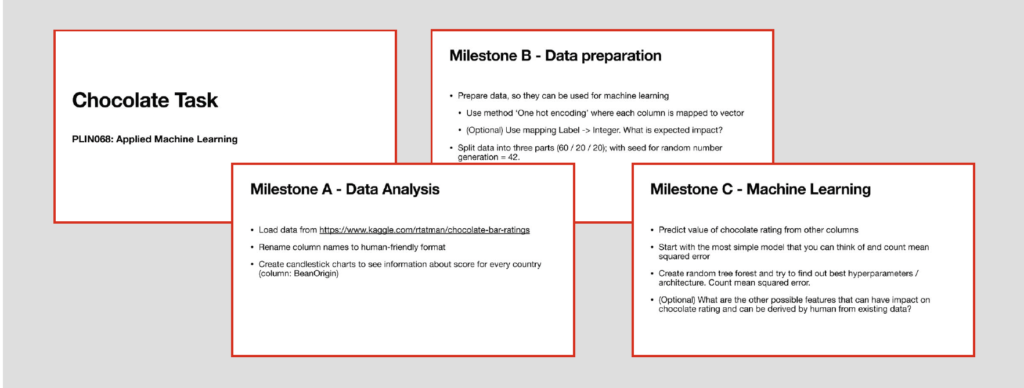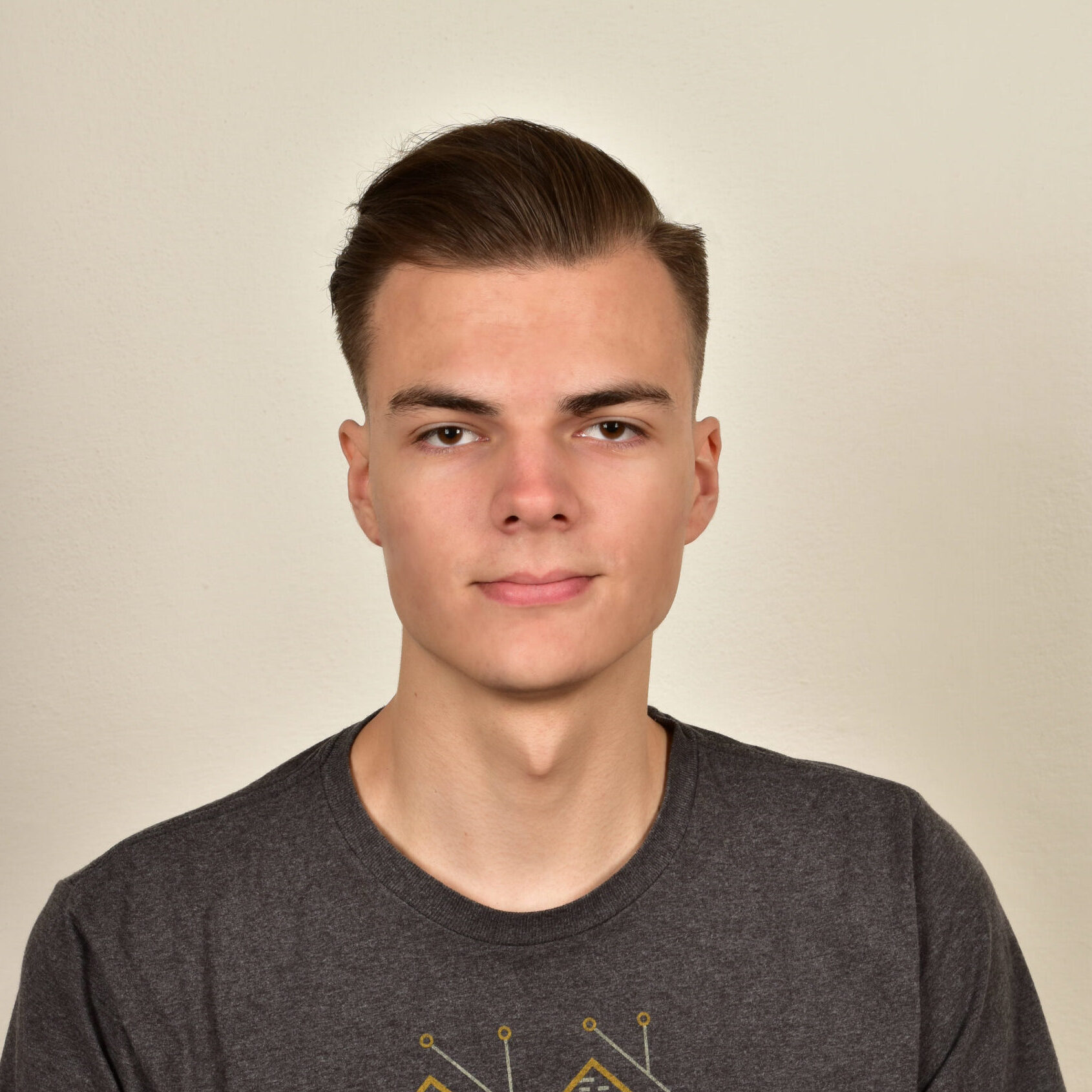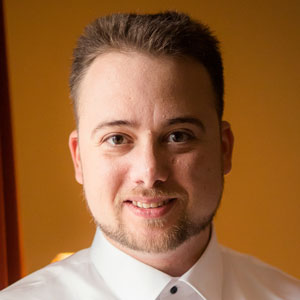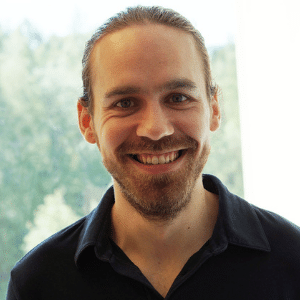Machine learning has been driving research breakthroughs in many fields. Now there is an open source curriculum designed to help non-specialists build the skills they need to use it.
Machine learning is an increasingly important competency in a growing number of fields. Biochemists are using it to create models for protein engineering. Economists are using it to predict the price of cryptocurrencies. And linguists have applied it to the problem of fake news. Computer science is not traditional domain knowledge for these disciplines, but massive data processing is often a requirement for cutting-edge research in natural sciences, social sciences, and the humanities.
That is why we created the Applied Machine Learning course at Masaryk University, in Brno, Czech Republic: to help students outside the field of computer science learn more about machine learning without making them into computer scientists first.
Focusing on what students need to know
The field of machine learning is changing on a daily basis. Keeping up with trends is difficult, even for computer science professionals. Interested laypeople have two basic choices. They can join one of many massive online courses, but they will have support only from peers for guidance. They will likely also be learning in isolation, separate from their local community. For those who are still students, they can join one of the courses provided by their university’s computer science department. There is a catch, however. University courses are good for learning about theory and background. Modern technologies and tools, however, often develop too quickly to be added to syllabi while they are still new. In the context of machine learning, “modern” might be just a few months old.
We designed the Applied Machine Learning course to fill the gap between a theoretical and a practical approach. We wanted to show students that they can work with machine learning without the ability to rewrite the complex methods currently used by software professionals. For the majority of learners, understanding basic concepts and being able to use machine learning methods is enough for their needs.
Our target audience for the course is not students of computer science but future experts in different disciplines. To advance in their fields of study, it is important for these students to understand the capabilities of machine learning and be able to communicate with machine learning experts. Because machine learning is about correlation, not causation, domain knowledge helps us to distinguish between them correctly. In our first run, we were able to attract students from computational linguistics, computer science, chemistry, biology, and economics. In fact, the use cases mentioned above were taken directly from these students’ projects.
Advantages of an interdisciplinary classroom
Putting all of these students together created a special environment. Our online, synchronous sessions were interactive, in small groups that were randomly shuffled before each task. By working in frequently changing groups, students were forced to talk differently so students from other disciplinary backgrounds could understand them, whether they were talking about machine learning or their domain expertise. For their projects, we put students in groups of three, and each group purposely contained students from at least two different disciplines. Because the students had different backgrounds and goals, they could bring different views to the problem they were solving.
We wanted to give students an opportunity to learn new things without getting into a routine of simply opening an editor and coding something, so we had students creating annotation guidelines, fixing bugs in existing source code, trying to create better rules for simple games, creating chatbots, or trying to figure out which parameters might influence whether a person will get a mortgage. The different types of tasks allowed students to play multiple roles, so they were not experts all the time. They needed to help each other in order to understand and complete the tasks.

Student task slides
Practicing routine coding and gaining knowledge of the libraries (e.g., Scikit, PyTorch, Keras) are an important part of the course, but those skills do not have to be exercised in groups. Thanks to our partner, DataCamp, we were able to give students access to relevant routine exercises. These exercises allow students who don’t fully understand the science of how coding works to learn the craft of writing in a programming language. And students made good use of them—on average they have spent more than 40 hours on this platform.
This course environment, along with COVID constraints, led to an approach where the teacher was more curator than creator. We put together a set of videos for relevant topics from existing resources, including not only prestigious universities but also people from industry or even amateur science bloggers. Thanks to this approach, every week was presented by a different speaker, which helped us avoid the stereotypical instructor-centered—or “sage on the stage”—type of class.
Opening the course to any university
Our pilot group had only fifteen students, but it is not efficient to create such complex scenarios for a small group if there will be major changes every year. That is one reason why we open sourced all our materials on GitHub, with links to videos, our group tasks, and a methodological explanation of why they were selected. And, of course, feedback from students should lead to improvements in future courses.
We would like to open our “franchise” to other students, so if you believe that your local university might be interested, we will be happy to support them and work together on these study materials to make them better, just as we have done with open source software for so long.
Acknowledgements
I would like to thank Z. Hladká and D. Hlaváčková, who offered to let us create such a course at the Faculty of Arts. We would also like to thank Hugh Brock, who supported us from Red Hat Research. It would not be possible without their belief in our idea.











